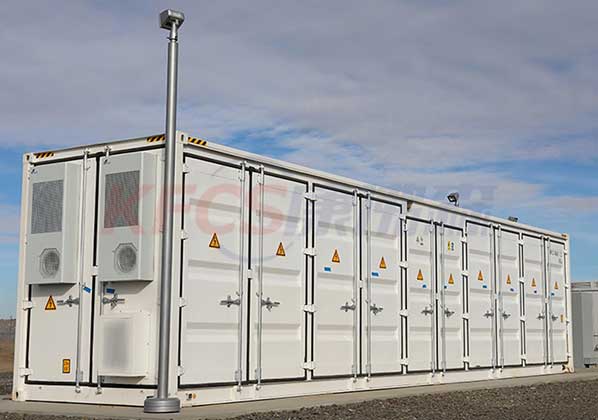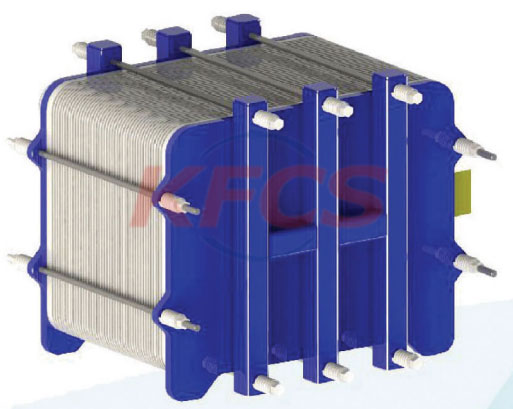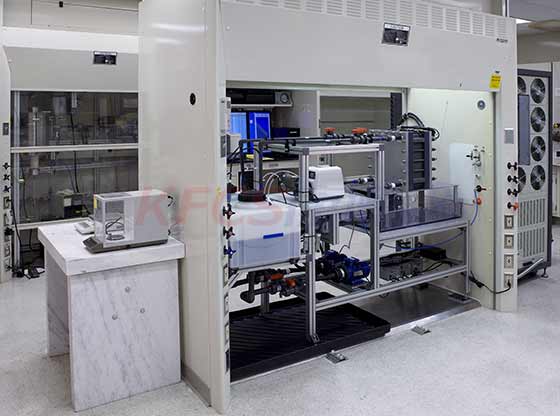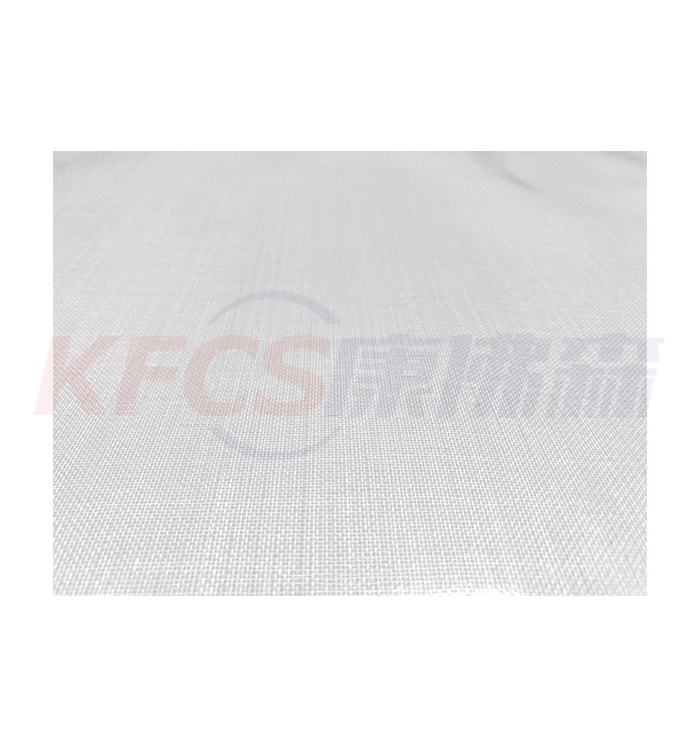Battery Recovery
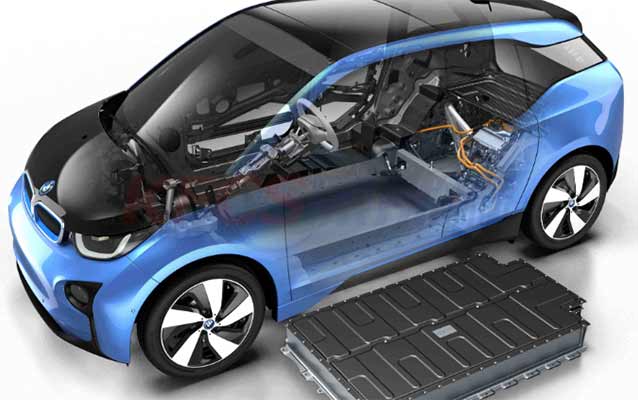
Battery recycling of new energy vehicles
In view of the different conditions required for the recovery of components in the battery recovery of new energy vehicles, the methods of physical separation are also different. For most recycling situations, it is often necessary to combine the advantages of various processes to recycle waste lithium-ion batteries, which shows a good application prospect.
According to different electrolyte materials used in lithium batteries, recycled batteries can be divided into liquid lithium batteries (LIB) and polymer lithium batteries (LIP). The positive and negative materials used in polymer lithium batteries are the same as liquid lithium, and the working principle of the battery is also basic. Their main difference lies in the difference of electrolytes. Lithium batteries use liquid electrolytes, while polymer lithium batteries are replaced by solid polymer electrolytes. This polymer can be "dry" or "colloidal". At present, most of them use polymer gel electrolytes.
Development trend of waste battery recycling technology:
Biological smelting method: the selective leaching of cobalt, lithium and other elements is realized by the metabolism of microbial bacteria.
Direct electrical repair technology: separate electrical materials and recycle them by destroying the binder.
Synthesis of electric materials from leaching solution: the leaching solution directly participates in the chemical reaction to form lithium cobalt oxide electric materials.
Next: Lithium battery recovery
About News
- Advantages of crushing waste lithium batteries
- VFB-1KW all-vanadium flow energy storage system
- Why are energy storage projects important now?
- Advantages of vanadium redox flow batteries compared to other chemical power sources
- Battery industry production continues to grow
- Lithium battery recycling process and its application
- Application of vanadium battery in photovoltaic power generation
- Application of vanadium battery in farm
- Volkswagen USA accelerates the layout of power battery recycling
- Industrial chain of power battery recycling
Products



